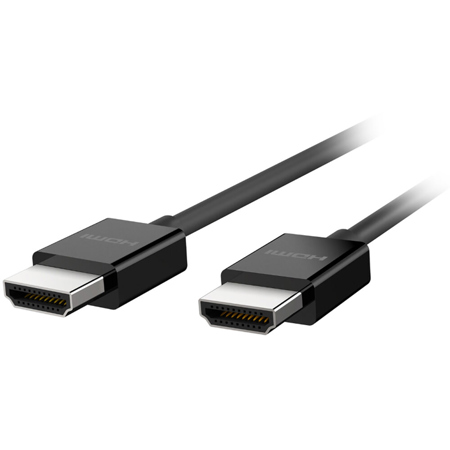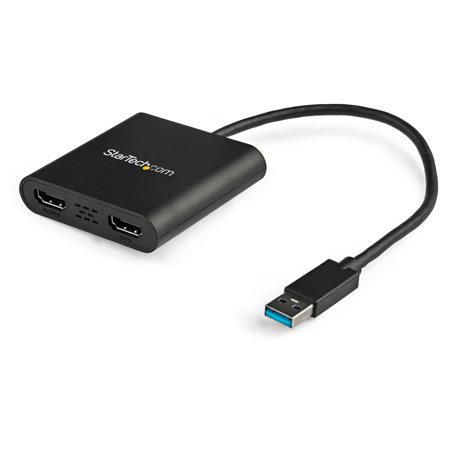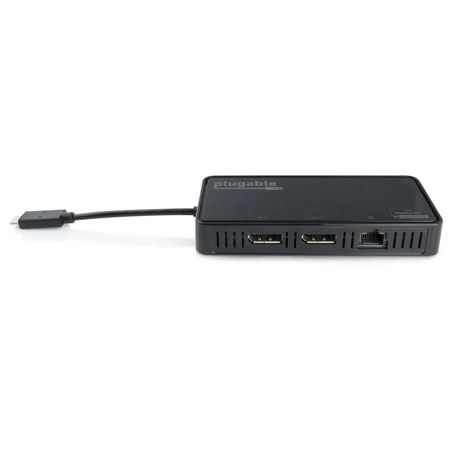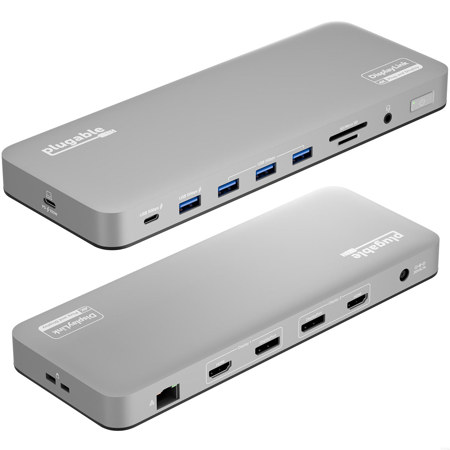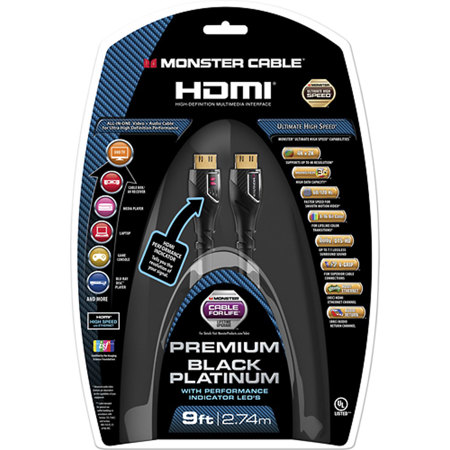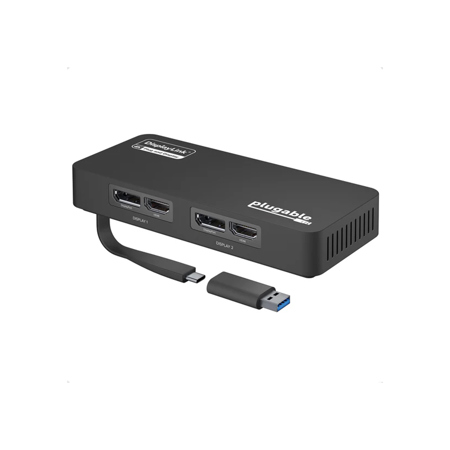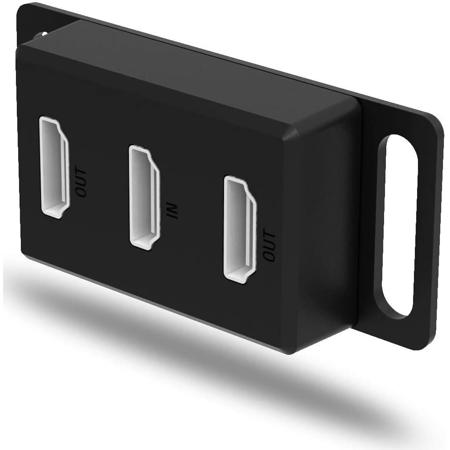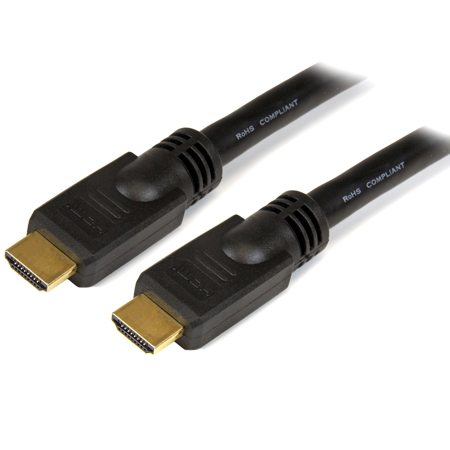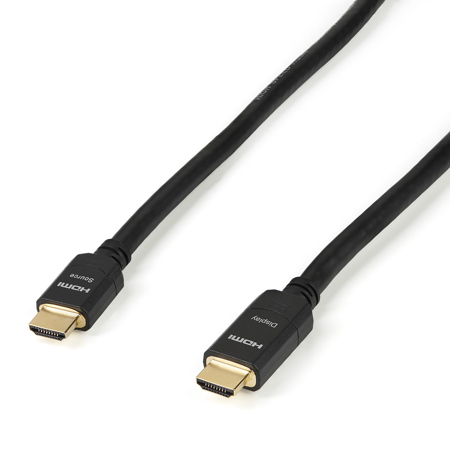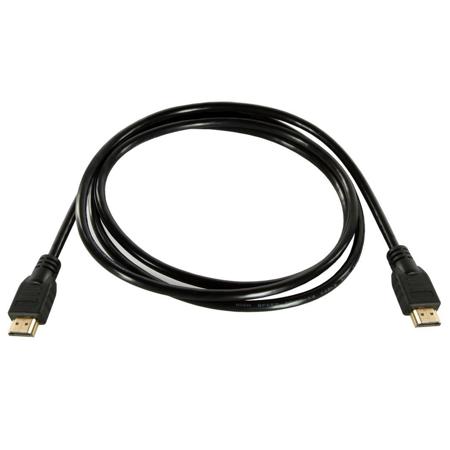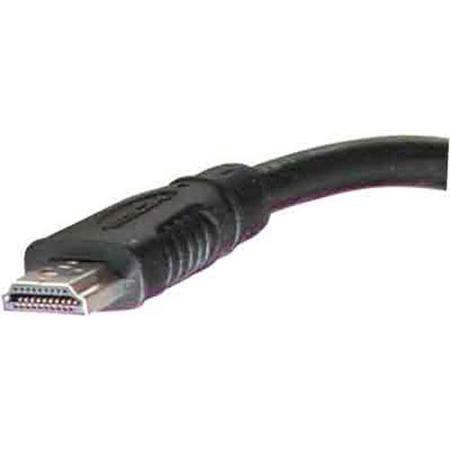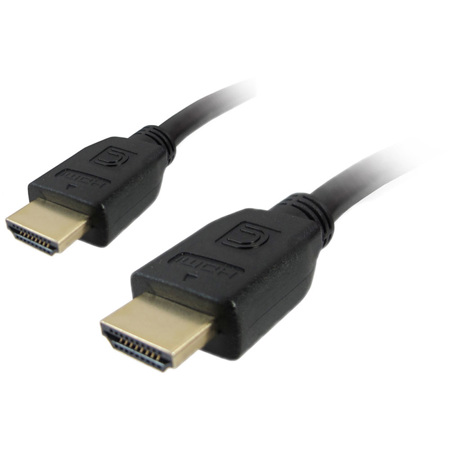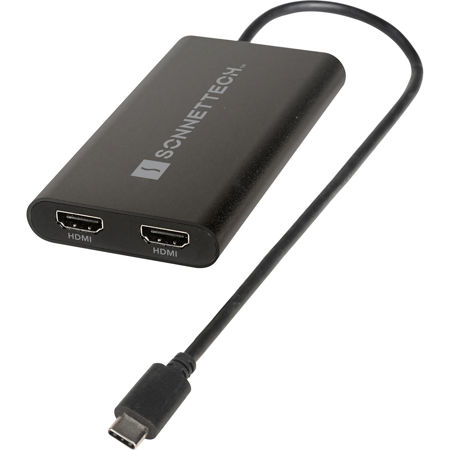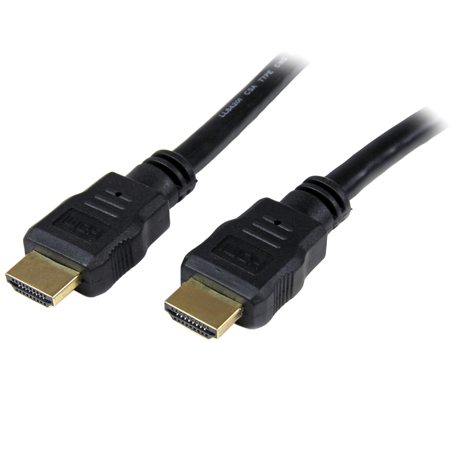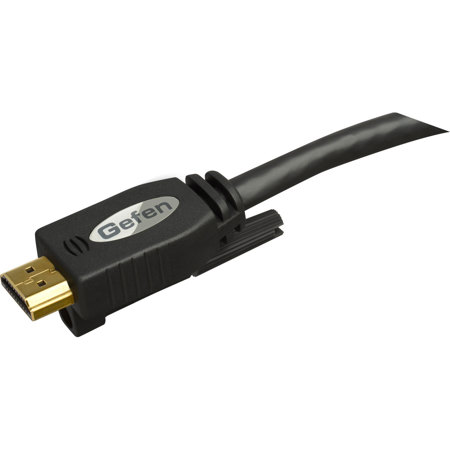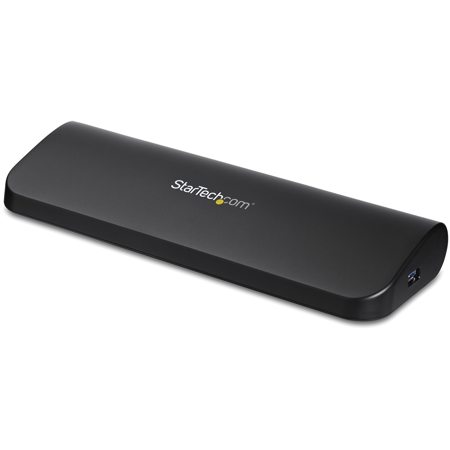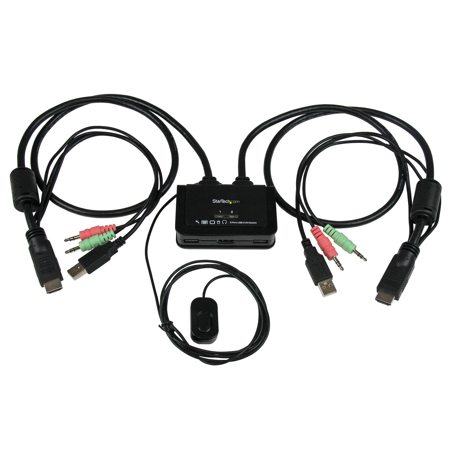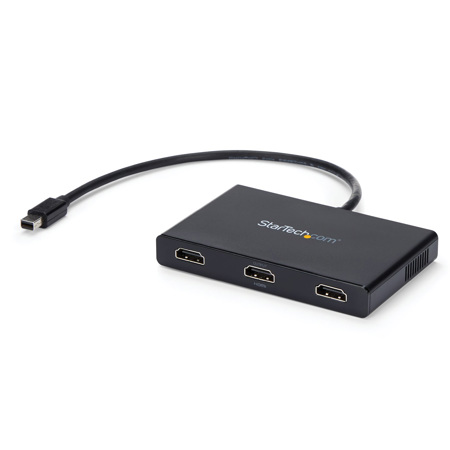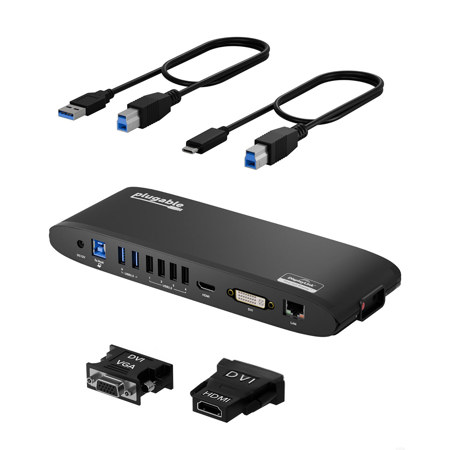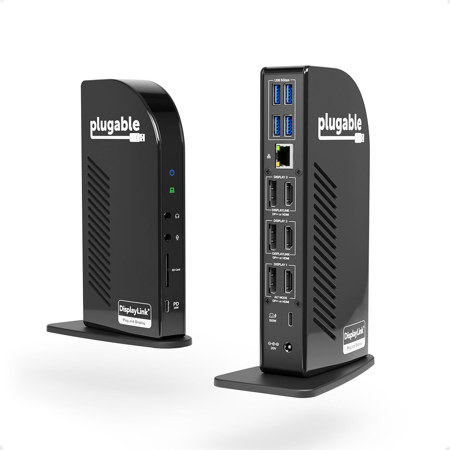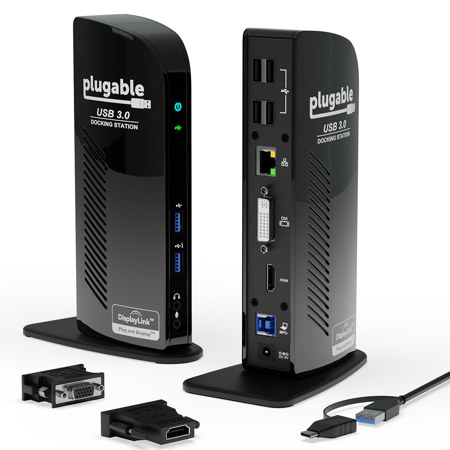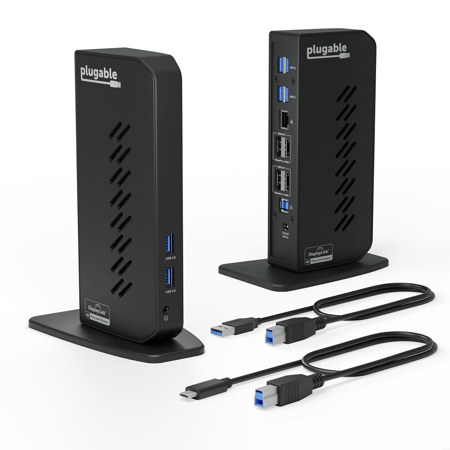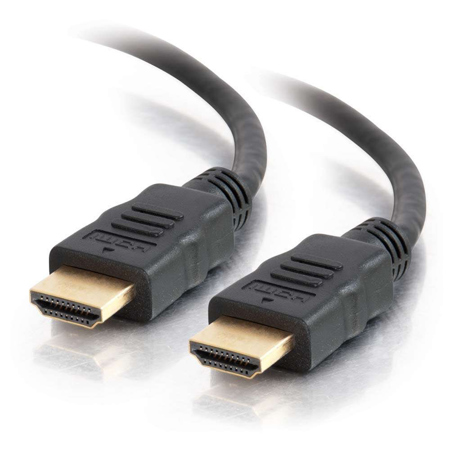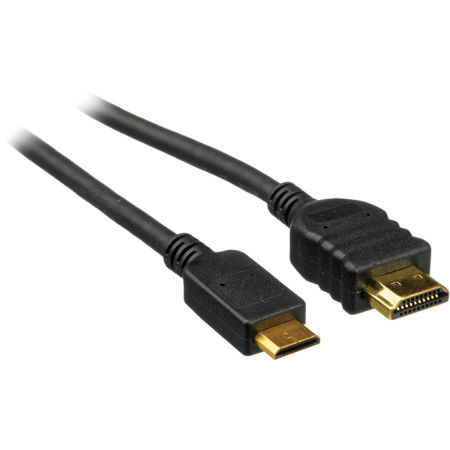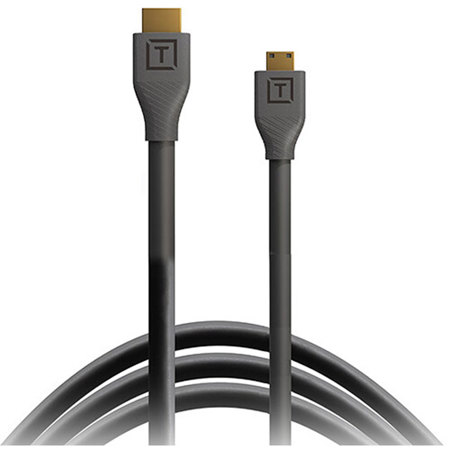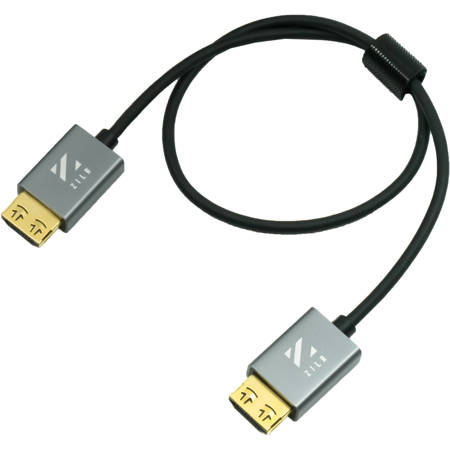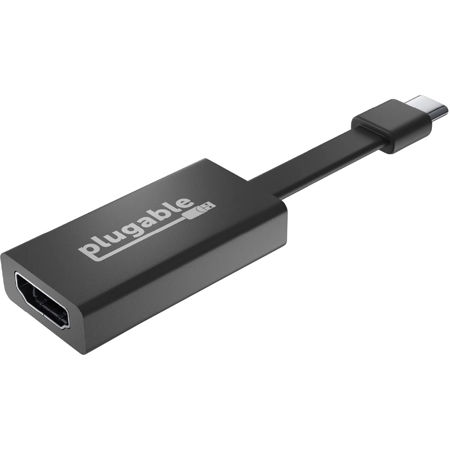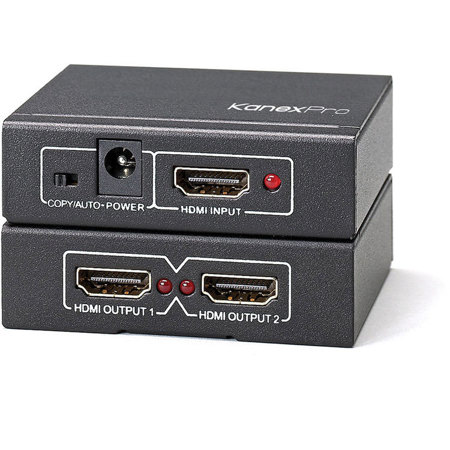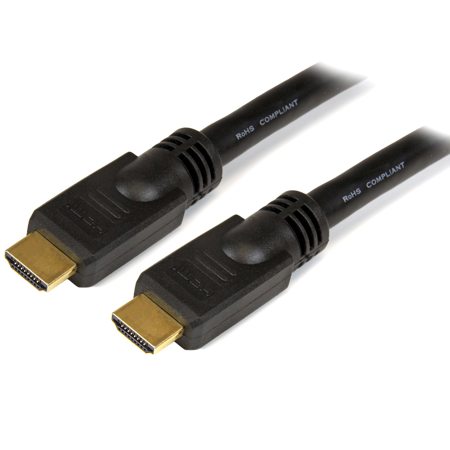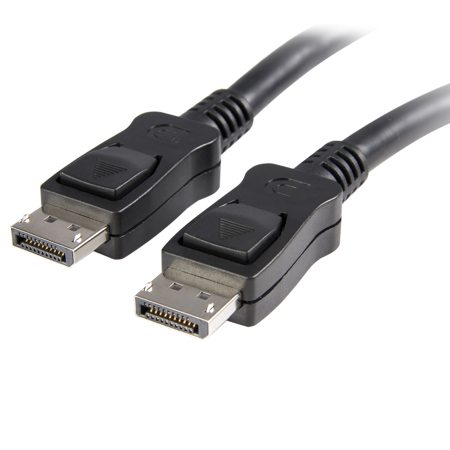HDMI Cables for Dual Monitor Setups
Setting up a dual monitor workspace can completely transform the way you work, create, or play, and the right HDMI cables are at the heart of a reliable multi-display setup. Whether you’re building a home office that keeps up with your productivity, designing a creative studio for photo or video editing, or enhancing your gaming rig for immersive play, a dependable HDMI cable for dual monitors is essential. As winter settles in and many of us spend more time indoors, upgrading your workstation or entertainment center is an especially timely project—perfect for the season of home improvement and thoughtful gifting. HDMI cables designed for dual monitor setups offer seamless connectivity, supporting extended desktops for multitasking or mirrored displays for presentations and shared viewing. Professionals in fields like graphic design, programming, financial analysis, and content creation often rely on dual monitor setups to streamline workflow and boost efficiency. Students, remote workers, and gamers also appreciate the flexibility of a dual-screen arrangement, whether for research, virtual meetings, or managing multiple applications at once.
When choosing HDMI cables for dual monitor setups, it’s important to consider the specific requirements of your devices and the configuration you want to achieve. If your computer or laptop has two HDMI outputs, you can simply connect each monitor with its own HDMI cable, ensuring both displays operate independently for a true extended desktop experience. For systems with only a single HDMI port, a USB-C or USB-A to HDMI adapter—or a DisplayLink-enabled solution—can provide multiple HDMI outputs, allowing you to extend your display across two screens. It’s worth noting that an HDMI splitter will only mirror the same content on both monitors, making it ideal for presentations or digital signage where duplication is needed, but not for multitasking with separate windows. Pay close attention to the supported resolution and refresh rate of your cables and adapters, especially if you’re using high-resolution 4K monitors or high-refresh-rate displays common in gaming and professional environments. Quality HDMI cables with robust shielding, gold-plated connectors, and support for the latest HDMI standards ensure a stable signal and crisp image quality, even in demanding setups.
HDMI cables for dual monitors also make thoughtful gifts for anyone upgrading their tech this holiday season. They’re practical for students heading into a new semester, professionals optimizing their home offices, or gamers looking to expand their setup. As you select cables and adapters, consider the length you’ll need to keep your desk tidy and the compatibility with your existing hardware. For those working with different types of ports, such as DisplayPort on a computer and HDMI on a monitor, a specialized solution like a DisplayPort To HDMI Cable can bridge the gap, adding even more flexibility to your setup. Many USB-to-HDMI and USB-C to HDMI adapters require drivers, so it’s wise to check compatibility with your operating system for a smooth installation. Investing in the right HDMI cables and adapters ensures your dual monitor setup delivers the performance and reliability you need, whether you’re editing photos, analyzing data, or simply enjoying your favorite movies on a cold winter night.
When choosing HDMI cables for dual monitor setups, it’s important to consider the specific requirements of your devices and the configuration you want to achieve. If your computer or laptop has two HDMI outputs, you can simply connect each monitor with its own HDMI cable, ensuring both displays operate independently for a true extended desktop experience. For systems with only a single HDMI port, a USB-C or USB-A to HDMI adapter—or a DisplayLink-enabled solution—can provide multiple HDMI outputs, allowing you to extend your display across two screens. It’s worth noting that an HDMI splitter will only mirror the same content on both monitors, making it ideal for presentations or digital signage where duplication is needed, but not for multitasking with separate windows. Pay close attention to the supported resolution and refresh rate of your cables and adapters, especially if you’re using high-resolution 4K monitors or high-refresh-rate displays common in gaming and professional environments. Quality HDMI cables with robust shielding, gold-plated connectors, and support for the latest HDMI standards ensure a stable signal and crisp image quality, even in demanding setups.
HDMI cables for dual monitors also make thoughtful gifts for anyone upgrading their tech this holiday season. They’re practical for students heading into a new semester, professionals optimizing their home offices, or gamers looking to expand their setup. As you select cables and adapters, consider the length you’ll need to keep your desk tidy and the compatibility with your existing hardware. For those working with different types of ports, such as DisplayPort on a computer and HDMI on a monitor, a specialized solution like a DisplayPort To HDMI Cable can bridge the gap, adding even more flexibility to your setup. Many USB-to-HDMI and USB-C to HDMI adapters require drivers, so it’s wise to check compatibility with your operating system for a smooth installation. Investing in the right HDMI cables and adapters ensures your dual monitor setup delivers the performance and reliability you need, whether you’re editing photos, analyzing data, or simply enjoying your favorite movies on a cold winter night.
